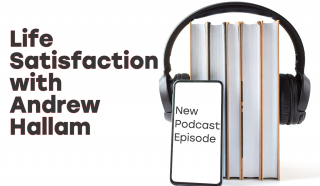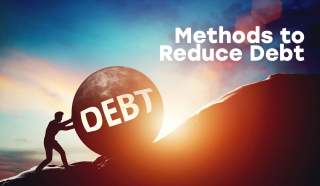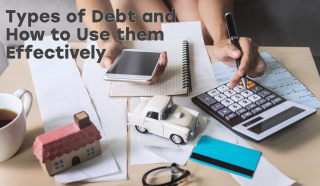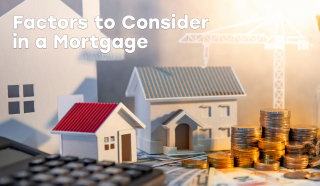Personal Finance

In this episode of the MoneySaver Podcast, Ellen Roseman speaks to financial educator Kelley Keehn about her new book "Rich Girl, Broke Girl". They discuss past mistakes, women and wealth and the issues that surround women and money.

Ellen Roseman speaks with Erica Alini, author of the personal finance book for millennials "Money Like You Mean It." They talk about what personal finance means to millennials and the challenges that they and Gen Z face.

In this episode, Ellen Roseman talks to Andrew Hallam about his new book 'Balance". They discuss FOMO or fear of missing out, opportunity costs and mindfullness and how these all relate to life satisfaction

Most individuals will have debt at least at some point in their lives, if not for most of their lives. The most challenging aspect of having debt is how to properly manage and maintain debt levels so that they are within one’s boundaries of income levels and affordability. Debt comes in many different instruments and lifespans, but the two main aspects to debt are the principal and interest amounts. When making a payment towards debt, that payment will be made towards two key aspects: the principal amount and the interest amount.

In this article we are going to explore some of the main types of debt that are offered to consumers and what the best uses of debt can be. We are often trained to believe that debt is bad and that, if possible, we should have zero debt. While having zero debt allows for peace of mind and an easier lifestyle, it is not necessarily attainable for most, and the reality is that not all debt is bad. Obtaining debt is much like gaining trust, it starts off small and incrementally gets larger as time progresses and more trust is built.

The largest amount of debt that most individuals will have in their lifetime is probably a mortgage. A mortgage is a term loan that allows an individual to purchase and own a home, using a fraction of the purchase price as the down payment. Financial institutions lend out mortgages to individuals and will use the physical house as collateral against the loan. This means that if the individual purchasing the home suddenly cannot make the mortgage payments or defaults on the loan, then the bank can repossess the property.

Saving for young adults and professionals can be challenging, especially in an age where wages are barely keeping up with higher rent and real estate prices. It can be especially tough if one is accustomed to an easier lifestyle under a care-takers roof with much fewer bills to pay. For many young professionals, it may seem like a battle against many odds.

